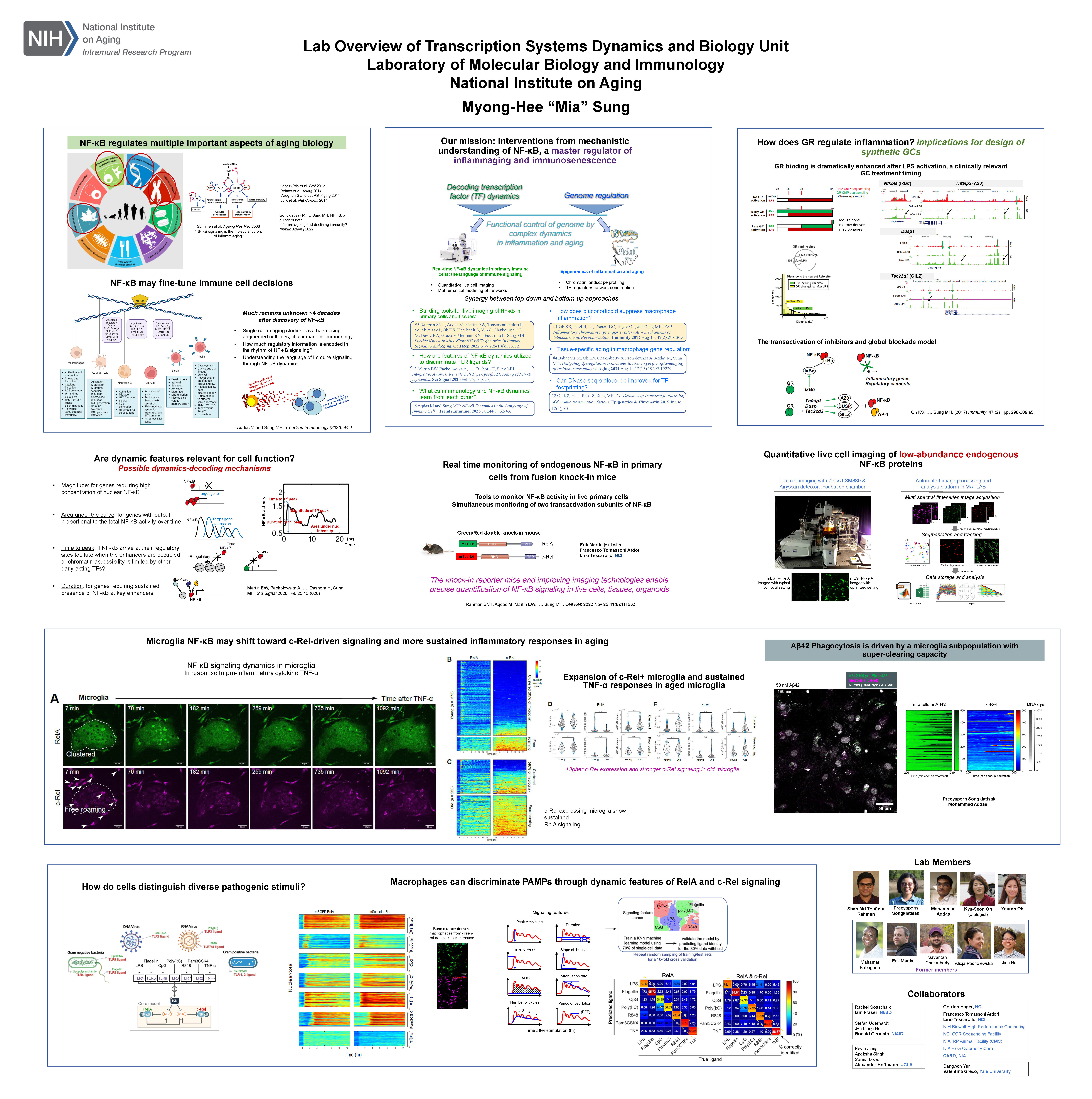Quantitative imaging and pooled CRISPRi screening of single cells to understand transcription factor signaling dynamics
Quantitative imaging and pooled CRISPRi screening of single cells to understand transcription factor signaling dynamics
Quantitative imaging and pooled CRISPRi screening of single cells to understand transcription factor signaling dynamics. NF-κB is a master regulator of inflammation, immunity, and cell stress responses. The temporal dynamics of NF-κB signaling capture pathogen-specific information and govern the corresponding gene expression patterns. Recent studies have revealed that distinct NF-κB signaling profiles can lead to specific epigenetic modifications within potential enhancer regions of the genome, potentially establishing epigenetic memory for subsequent infections.
In this project, our goal is to investigate the impact of epigenetic perturbations on NF-κB signaling dynamics. We will utilize CRISPRi and a pool-genetic approach to systematically disrupt all potential enhancer regions around NF-κB-regulated genes. Additionally, we will conduct live-cell microscopy to quantitatively measure the resulting changes in NF-κB signaling dynamics. The insights gained from this study will illuminate the functions of the enhancer regions of NF-κB-regulated genes and will provide information on how tissue-specific NF-κB signaling is shaped by the epigenome, through the formation of epigenetic memories. The student will learn various interdisciplinary methods involving cell culture, quantitative microscopy, fluorescent reporter assays, automated single-cell analysis, molecular biology, and imaging data analysis.



